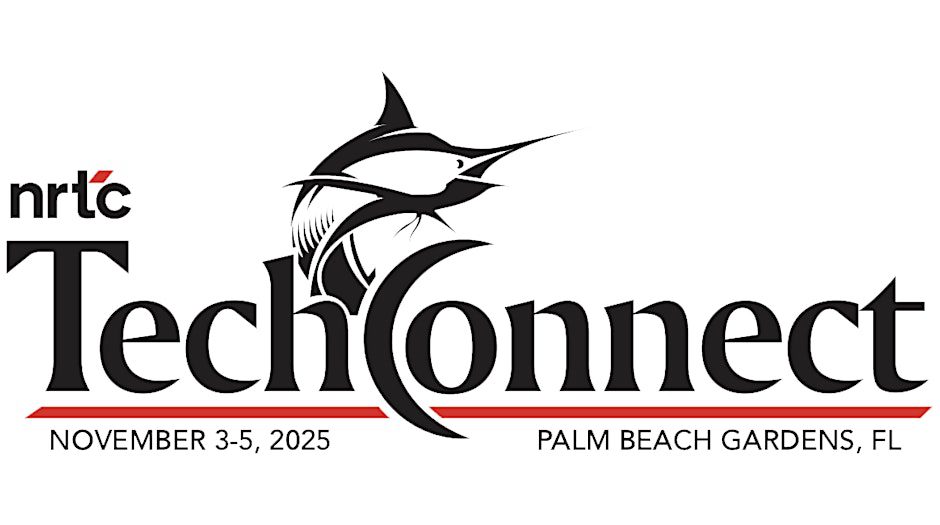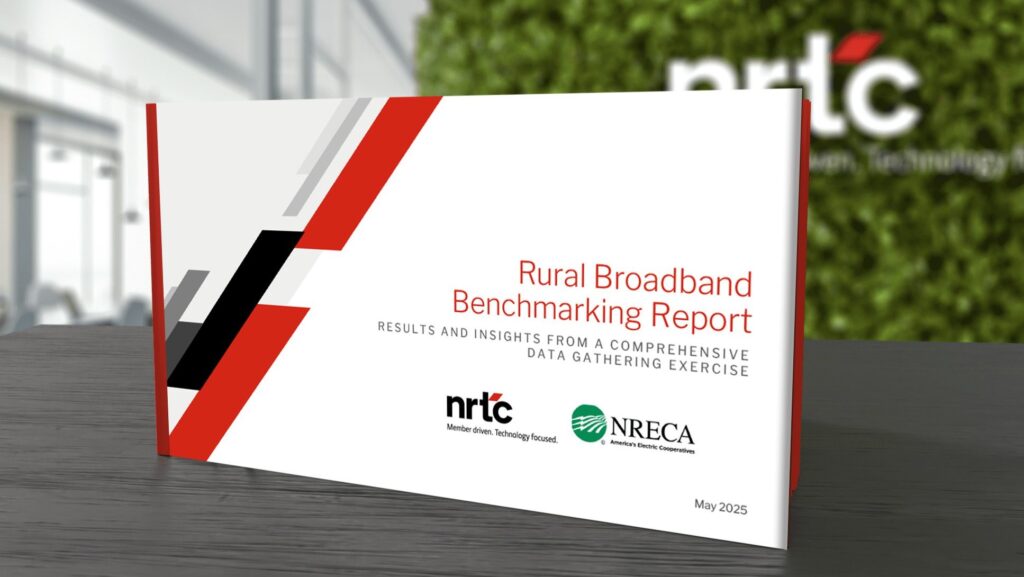Building the Smart Grid network today, laying the foundation for tomorrow

AMI and Grid Communications
NRTC has deployed nearly 3.5 million AMI endpoints, using a variety of technologies and solutions. We continuously assess the marketplace to make sure we’re offering the best metering solutions. Our team of experts can help you analyze your current situation and determine the approach that best meets both your current needs and long-term strategic plan.
With older AMR systems, providers were limited to monthly billing reads. Today’s AMI systems implement real time readings, collect multiple types of data measurements, and include system information not previously available. Now you can know that your meter is connected, measure blinks by count and duration, and use the data you collect to drive up grid reliability and drive down outage minutes.
With AMI systems, you gain the ability to remotely reprogram meter configurations and firmware over the air, reducing labor costs and improving customer satisfaction due to speed and convenience. Remote disconnect metering solutions also enable prepay systems, keep your team safe from potentially dangerous situations when disconnecting for non-payment, and provide a failsafe for hot sockets.
NRTC continues to see an evolution in communication systems, from legacy Power Line Carrier Systems to Licensed Point to Multipoint, Unlicensed RF solutions, Cellular, and Narrowband IoT. To make sure your long-term investment doesn’t become obsolete as technologies evolve, AMI must comply with open standards communications, integrate to multiple meter hardware vendors, and conform to the cooperative topology. We can help you decide which solution makes the most sense for your Smart Grid and help you plan and implement it quickly and cost-effectively.
Technology continues to evolve at a rapid pace. Meter manufacturers are developing faster data recording. Distributed Intelligence will allow meters to make autonomous decisions. Data networks are achieving higher speeds and higher capacity. The experts at NRTC can help you develop a long-term Smart Grid Technology Plan so you’re factoring in your needs and goals, both now and years into the future.
Podcast
Smart Grid Enablers Steer the Direction of Utility Tech Planning
A lot goes into implementing smart grid technologies. It’s a step-by-many-steps process and what makes it more complicated is that every co-op’s needs are different. As NRTC Technology Planning Services helps members build a 10-year road maps, and solves the complexity breaking the project down with “smart grid enablers.”
Resources
The Latest Smart Grid News

AI, Broadband, Smart Grid Topics Form Strong TechConnect Agenda

White House AI Plan Emphasizes New Infrastructure Policies
